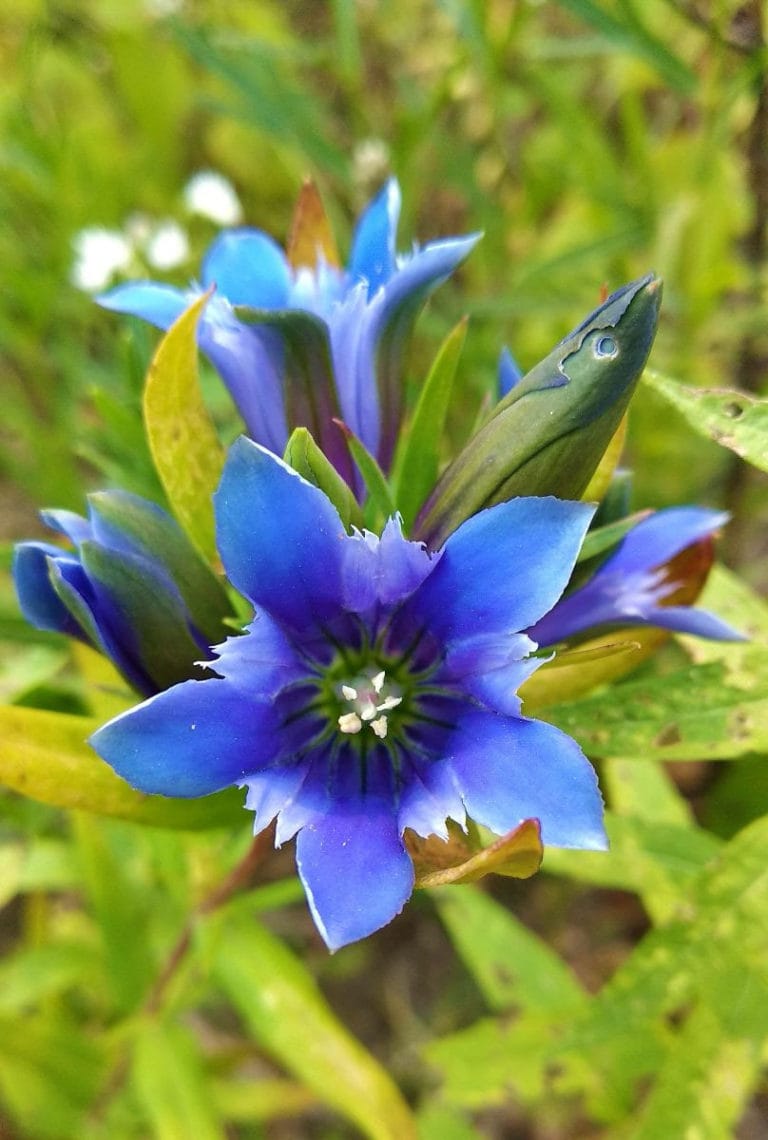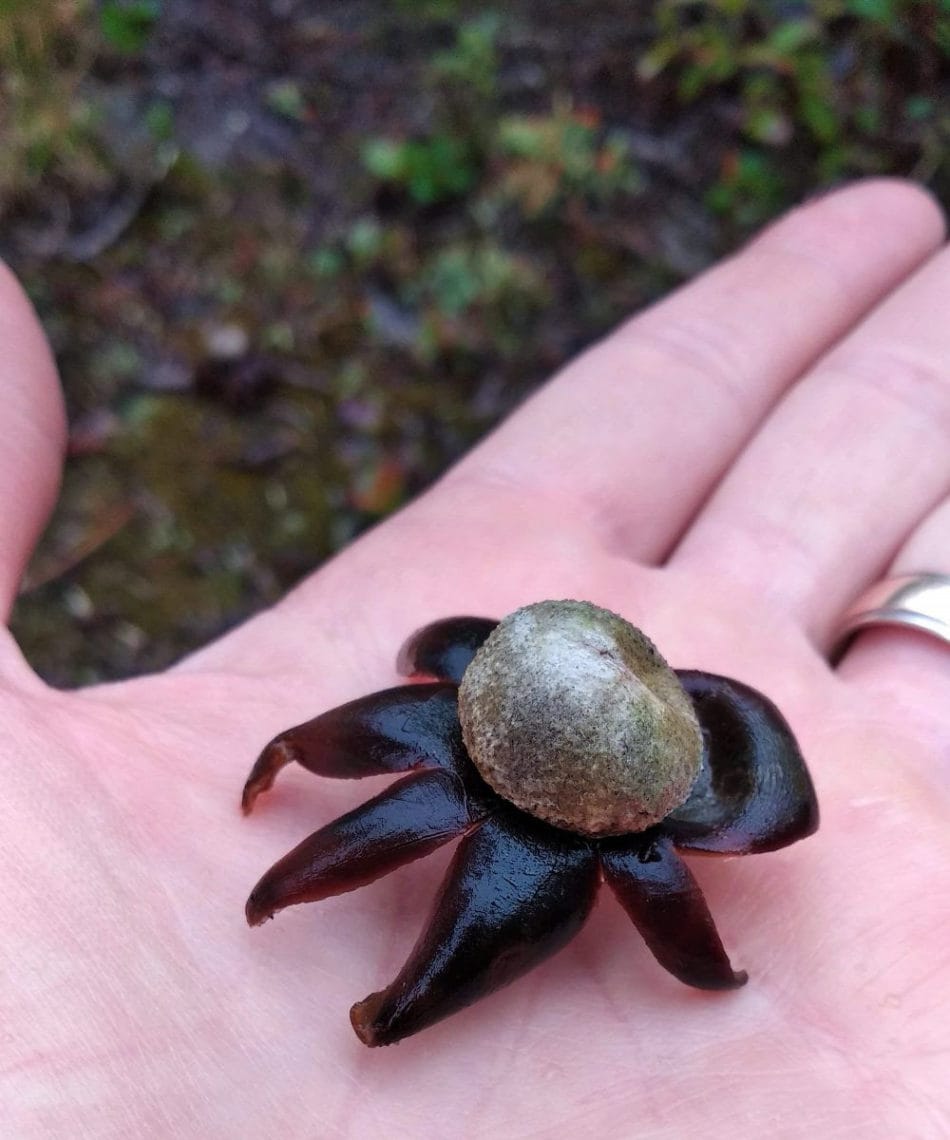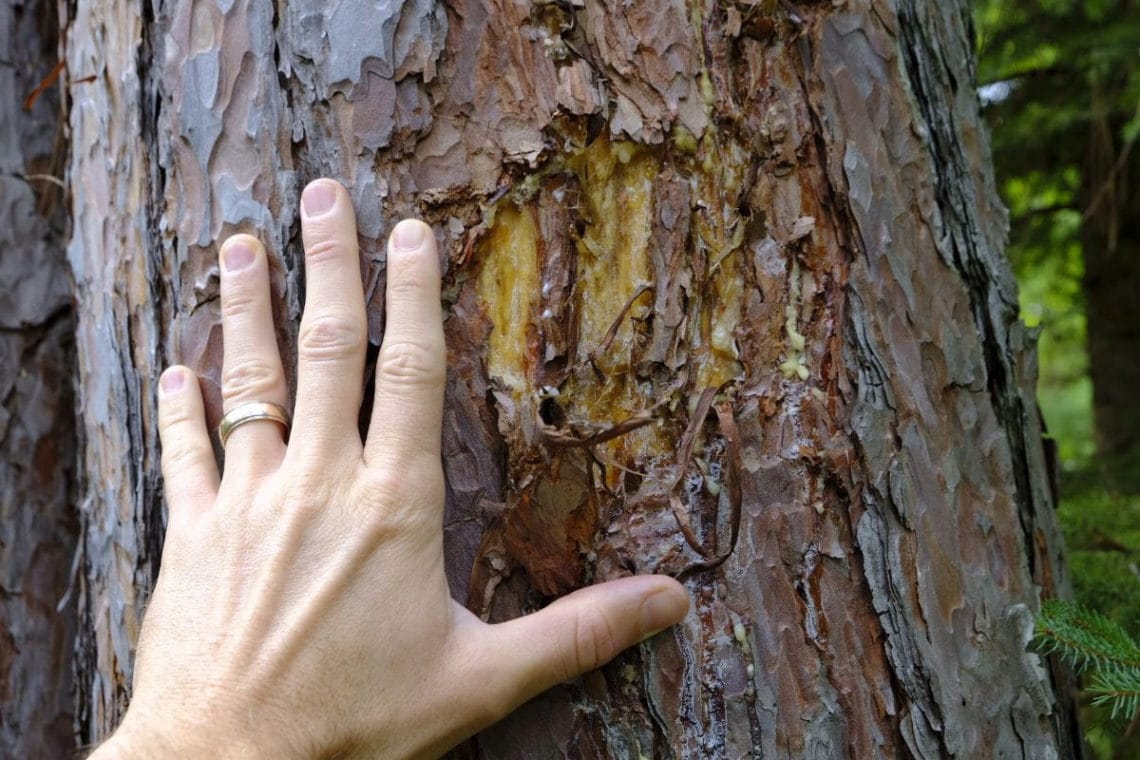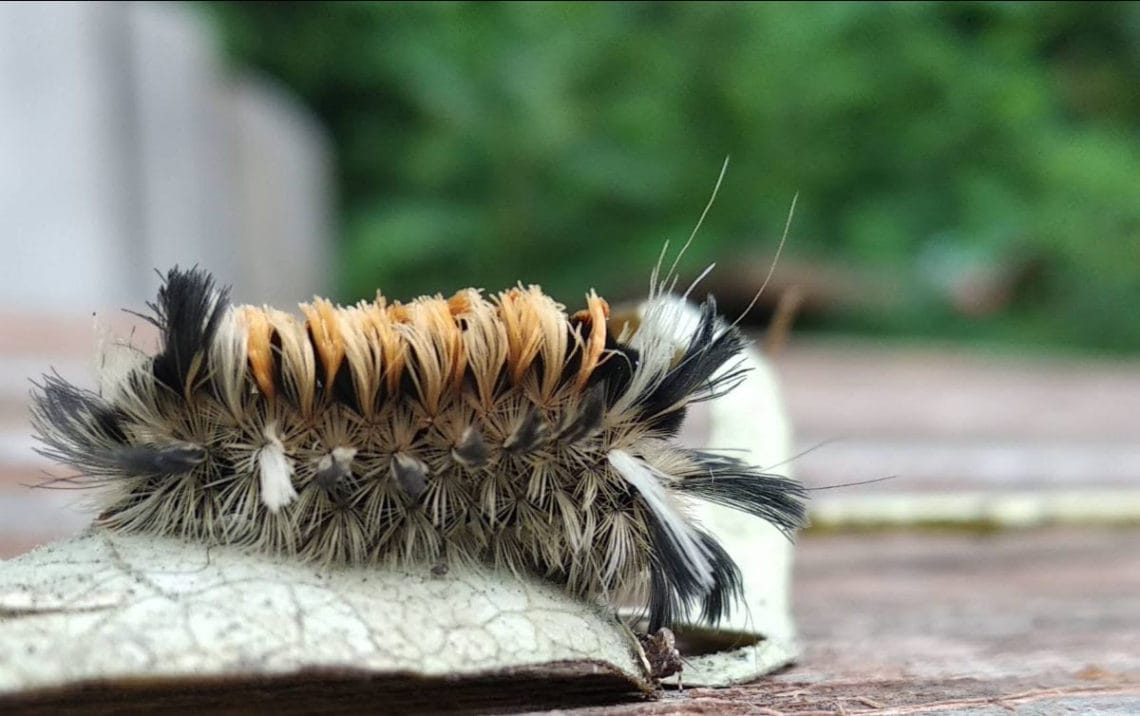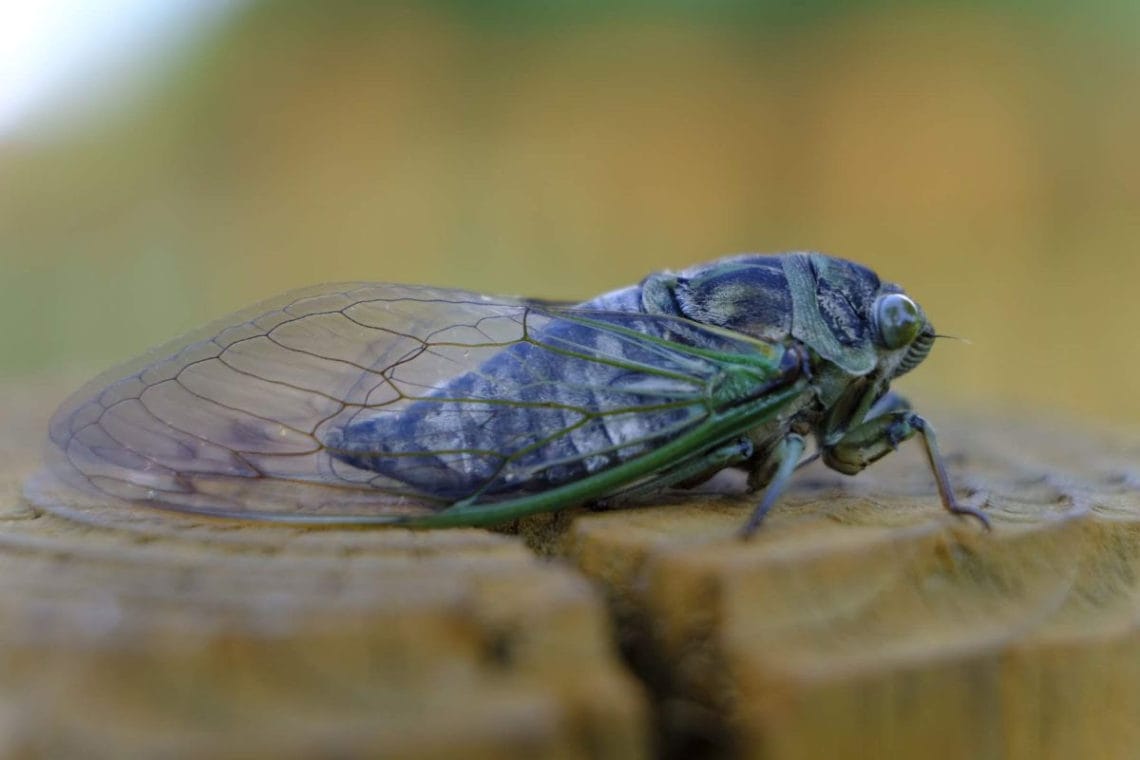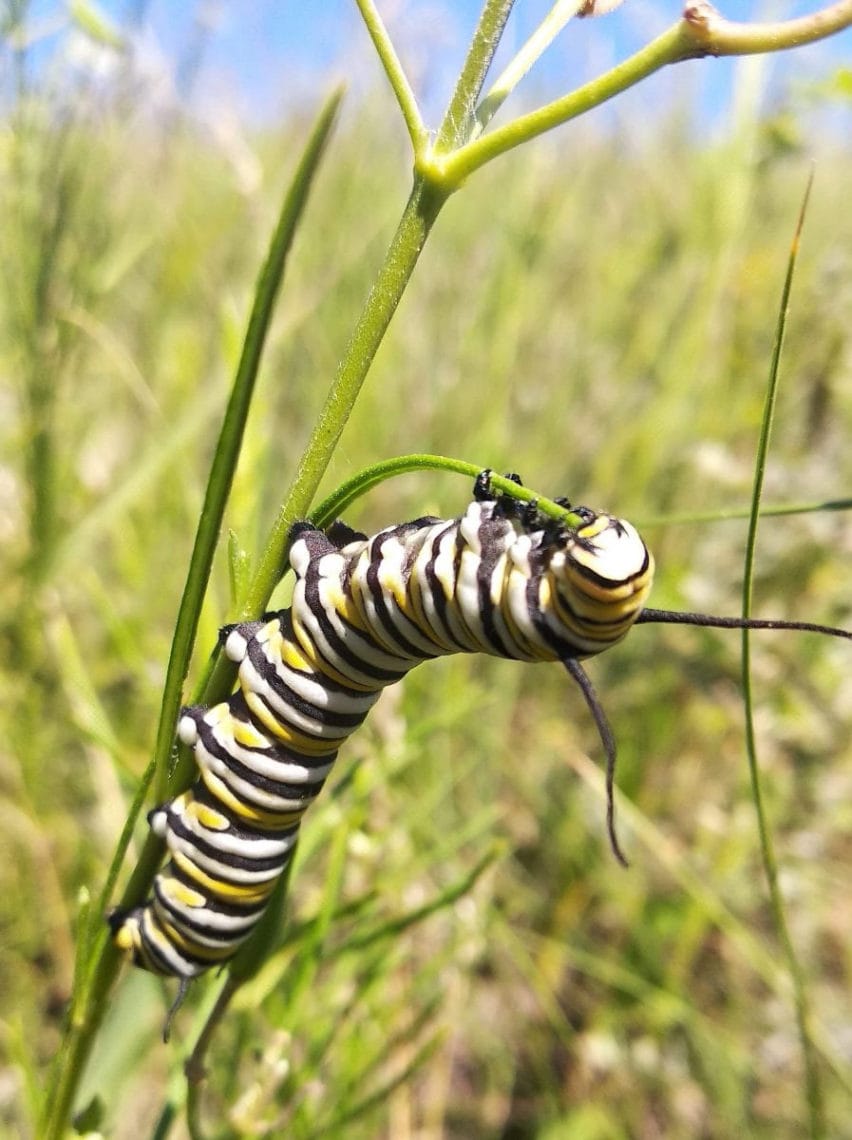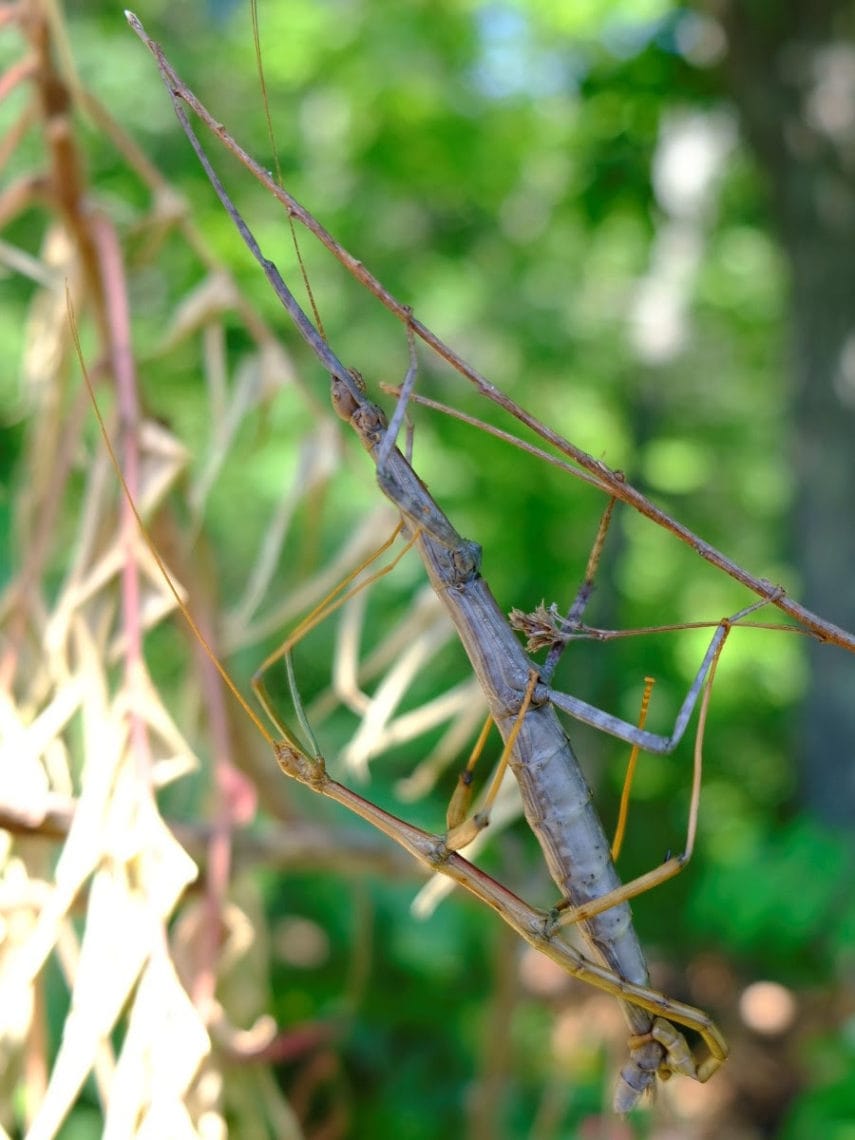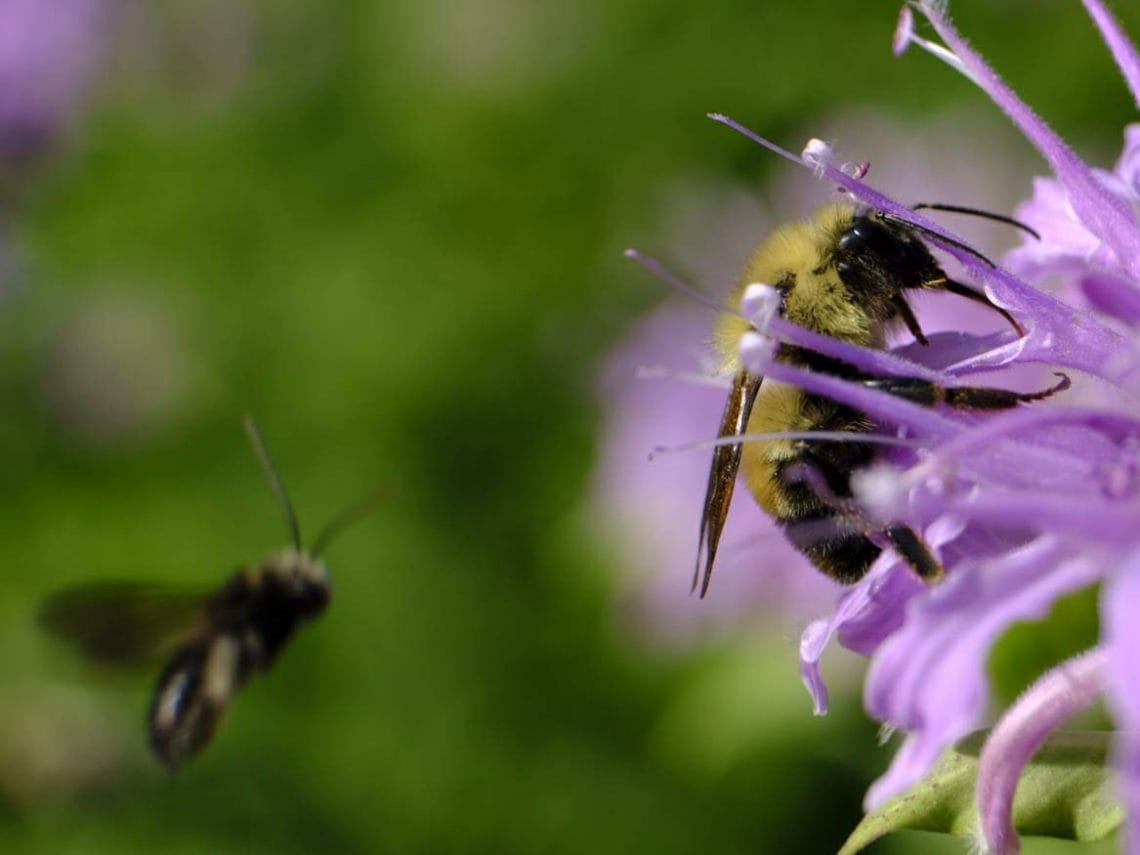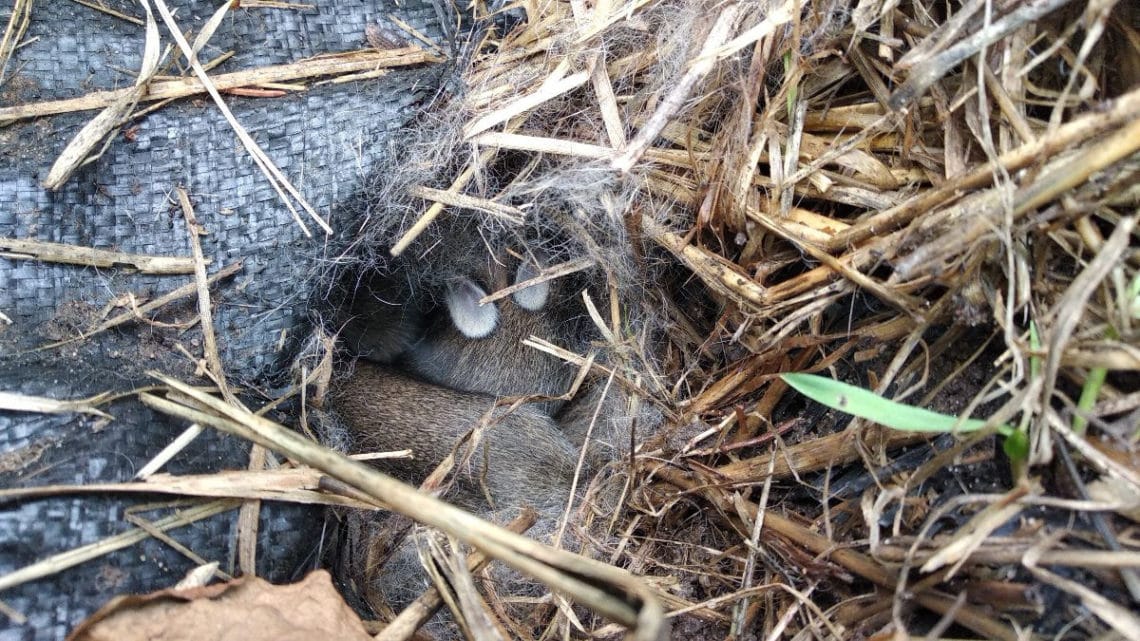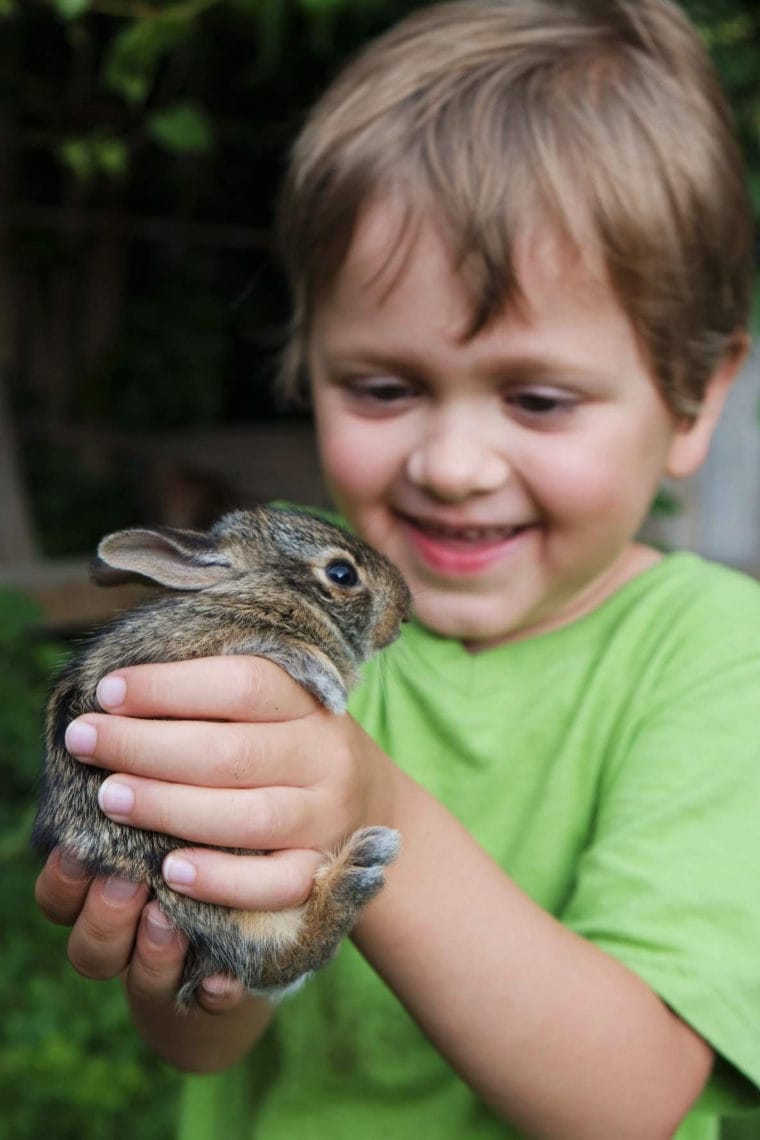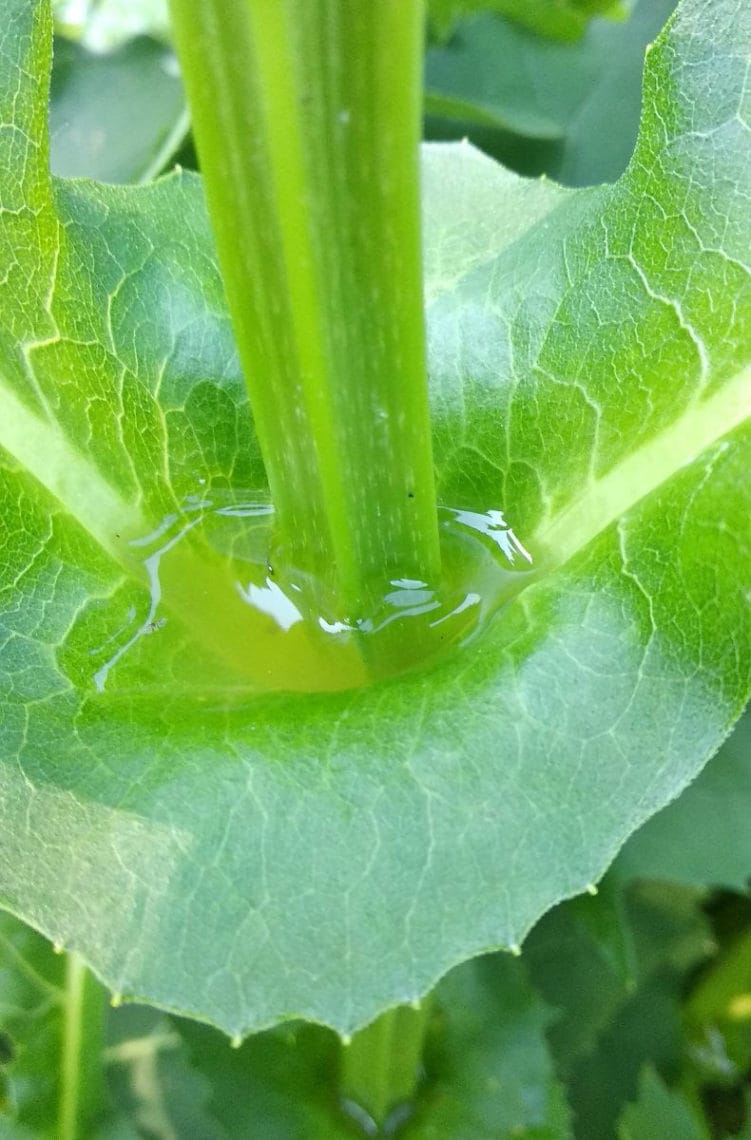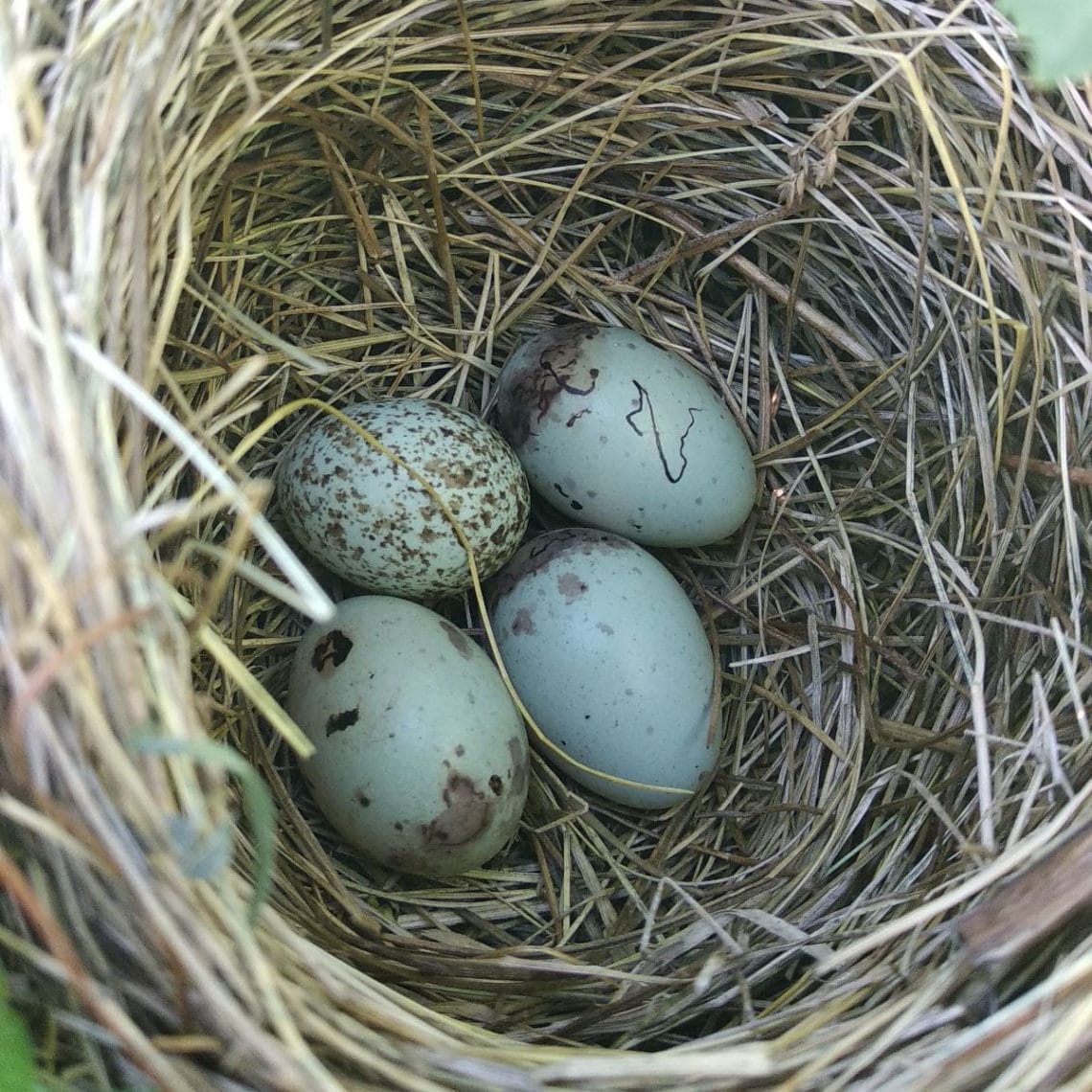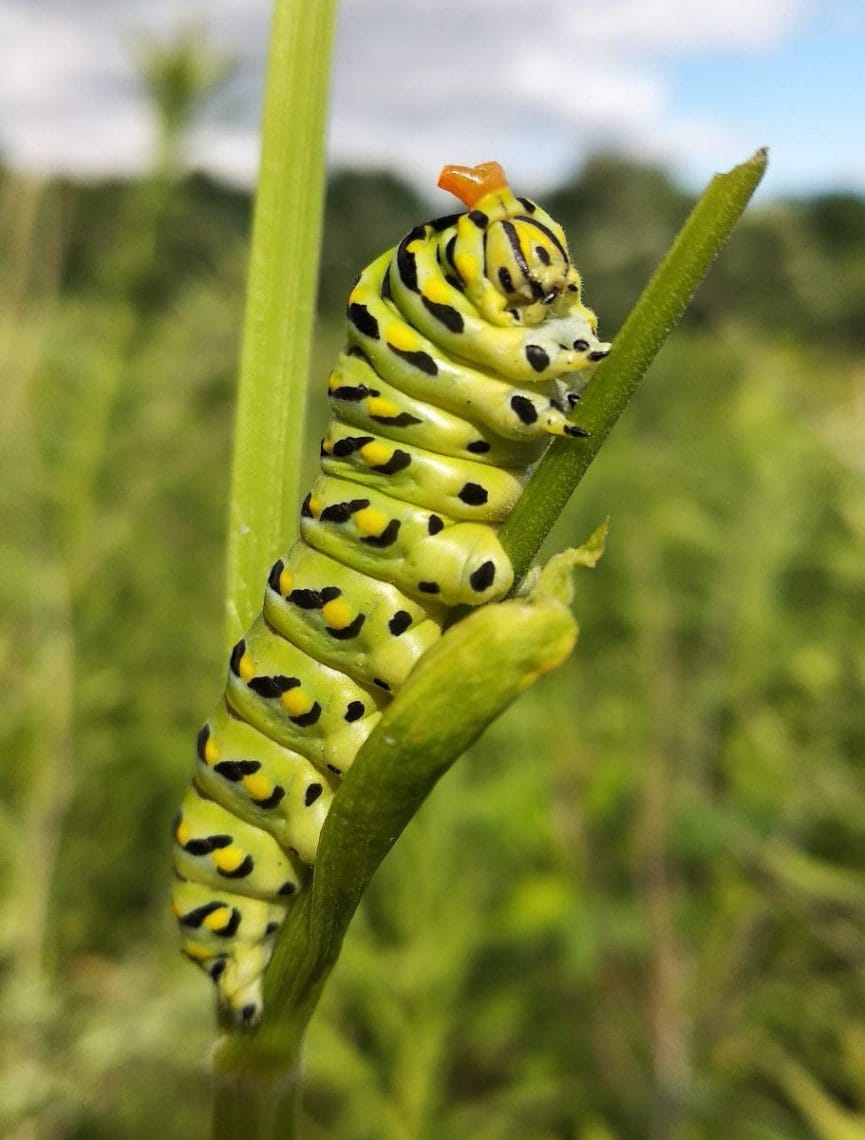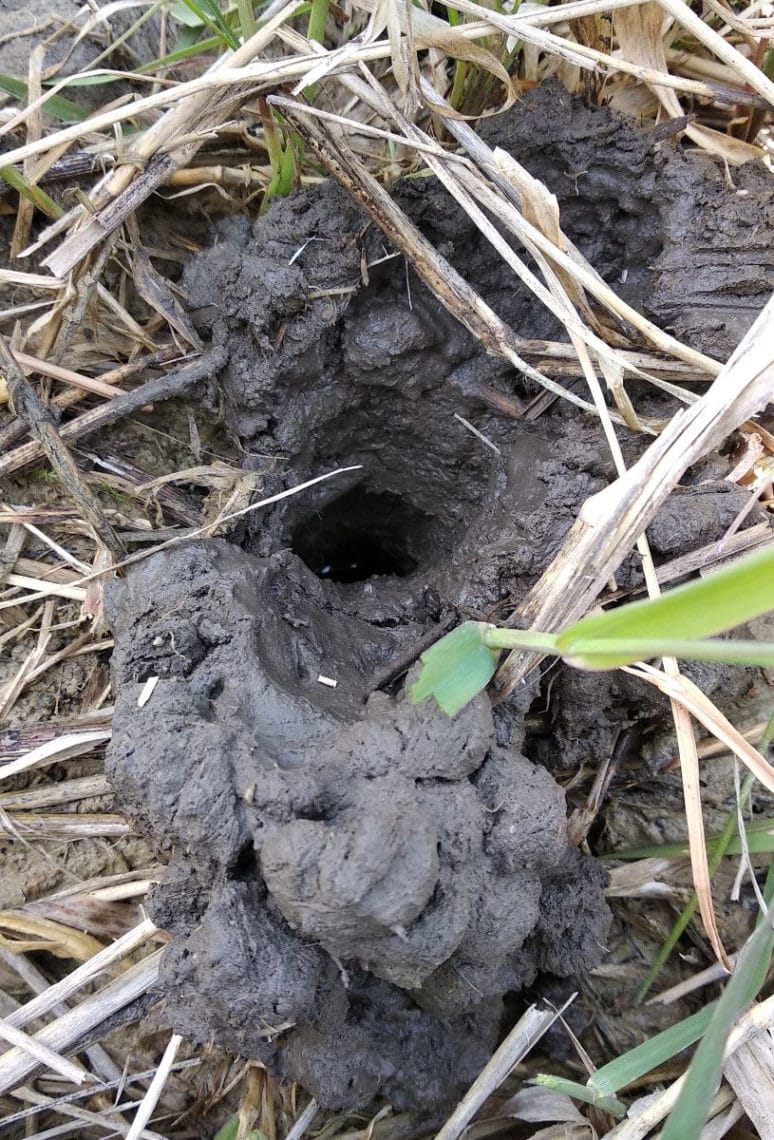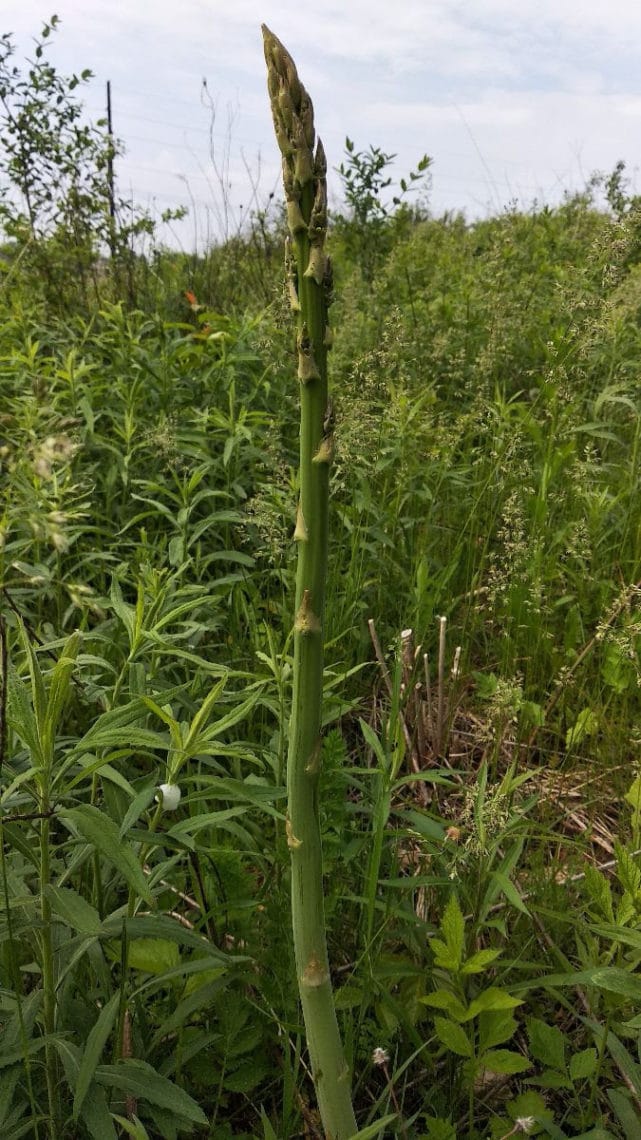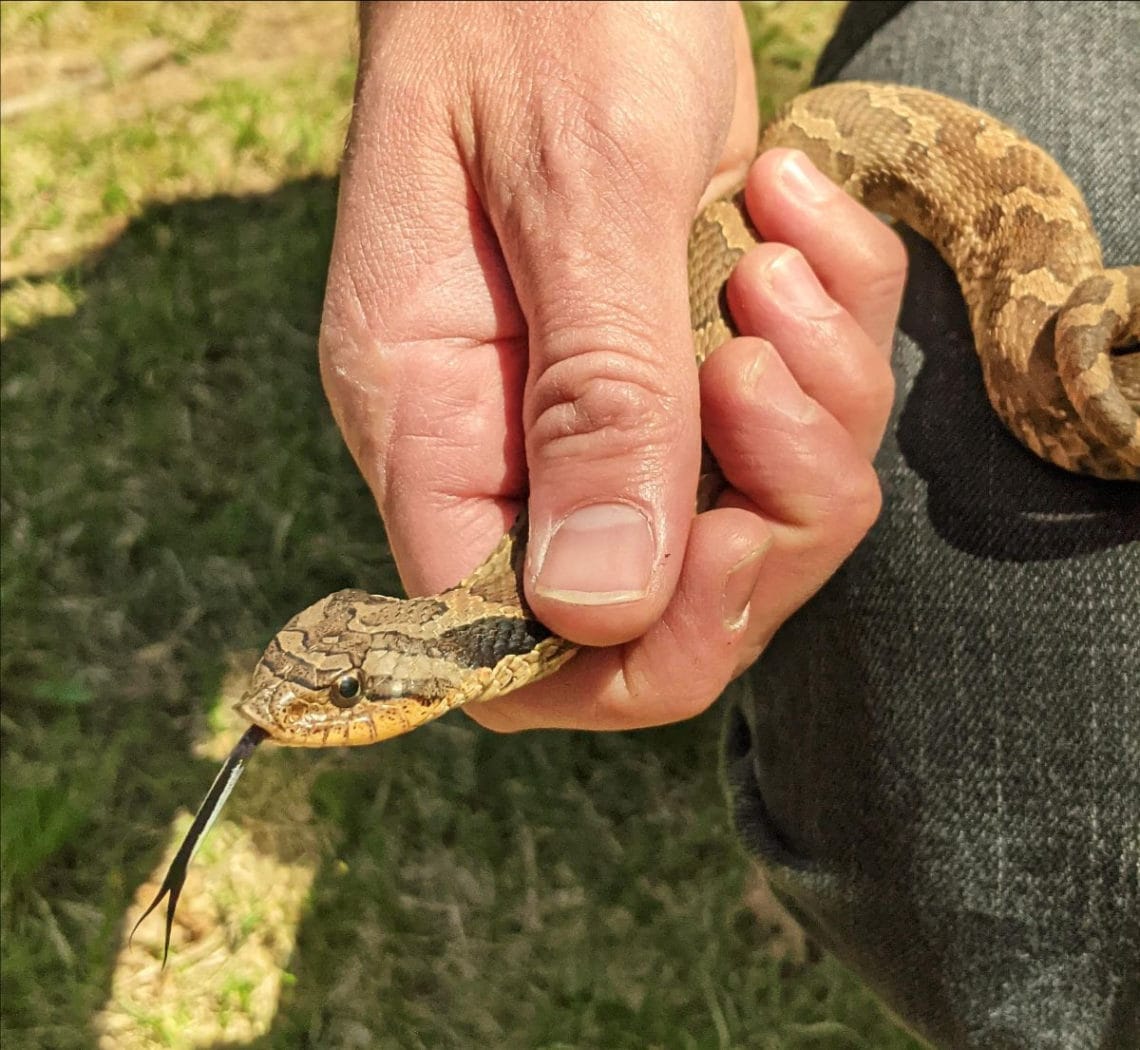We’re happy to share the good news that today Groundswell purchased 20 acres of wetland and woods at Anderson Waterfowl Production Area in southern Columbia County.
We are grateful to the landowner for their willingness to conserve this last piece of their family’s farm. In recognition of the family’s legacy, we are calling this property the Midthun Addition to the Waterfowl Production Area (WPA).
Anderson is one of thirteen WPAs in Columbia County, spreading across 13,000 acres of land and water. They are managed by the Leopold Wetland Management District of the U.S. Fish and Wildlife Service as part of the National Wildlife Refuge System. WPAs are managed for breeding and migrating ducks, geese, and other waterfowl. They also provide important habitat for deer, turkey, pheasants, and other wildlife. All the WPAs in Columbia County are open for hunting, fishing, and trapping (subject to applicable Federal and State laws) as well as wildlife observation, hiking, cross-country skiing, nature study, and photography. Groundswell will donate the property to the Fish and Wildlife Service for long-term ownership and management.
Funding to purchase the property came from the Knowles-Nelson Stewardship Program, the North American Wetlands Conservation Act, Ducks Unlimited, Madison Audubon, Pheasants Forever, and Groundswell supporters. Thanks to Ducks Unlimited for its role in securing the federal acquisition funds.
The application period has ended. We are no longer accepting new applications for this position.
With the pending retirement of long-time Executive Director Jim Welsh this winter, Groundswell Conservancy is seeking a new executive director. Please share this announcement with anyone you think might be interested in this job.
The Executive Director will lead our team of staff and volunteers and engage with our Board to inspire and build partnerships to expand Groundswell Conservancy’s land conservation programs and make our work useful and relevant to diverse communities. The Executive Director will be a steward of the mission and build on 38 years of success protecting great places. The Executive Director will continue to expand our core mission to permanently protect cherished lands and lead Groundswell to meet emerging challenges in our rapidly growing community. Current challenges are:
- Overcoming barriers faced by black, indigenous, people of color, and New American farmers to land access and tenure;
- Responding to people’s changing needs and desires about how to enjoy and use conservation lands, such as through the creation of “all access” trails at our preserves;
- Helping communities respond to the climate crisis, for example, by protecting and managing wetlands in their watersheds;
- Protecting more recreational land to meet the demands of our growing population.
This position is based in Madison, Wisconsin and responsible for fostering an organization focused on creating lasting benefits for how people and land come together. The Executive Director is a dynamic, thoughtful, and strategic leader. In addition to driving execution of the mission and the strategic plan, the Executive Director represents the organization in the greater Madison community and the larger conservation community. The Executive Director ensures the continued evolution of the organization, its partnerships, and understands what it means, and what it takes to create permanent benefits to the community.
The complete position description with salary range and benefits is available on our website here.
Please encourage qualified people you know to apply. If you are interested in being considered for this exciting opportunity, and can demonstrate the required abilities and knowledge, please submit your resume and cover letter to grhyer@wisc.edu and/or call Greg Hyer at 608.320.3243 for more information.
Applications will be reviewed as received with the goal of identifying an outstanding candidate before the end of 2021. The position will remain open until we have an accepted offer. The expected start date for the position is March 1, 2022.
Happy first official week of fall! While I’m excited for cooler temperatures, colorful leaves, and apple picking, I feel like I’m not quite ready for summer to be over. Neither are the last of my almost ripe tomatoes desperately clinging to their vines in my garden!
The transition from summer to fall is always an interesting time of year, so let’s see what’s happening outside as our days slowly get cooler and shorter.
This time of year goldenrods and asters are in the spotlight. Their gold and purple colors can be seen carpeted across natural areas. While these late summer and early fall flowers can be breathtaking, one of my favorites that blooms this time of year is downy gentian (pictured above).
You’ll need to search in drier soils if you want to find downy gentian. It also helps to have a nice sunny day since these flowers close up in the evening when it cools down and when it’s cloudy. The deep blue-violet color is enhanced even further with the brownish green vegetation that surrounds it.
This time of year, insects are still very plentiful. A lonesome monarch might be found flitting around, bees can be seen napping in flowers, and crickets are still filling the evening air with song. On a recent hike out at Westport Prairie, my son Jay found this terrifying creature (pictured above).
I have to admit that I was too scared to pick up an insect with what looks like an enormous sewing needle on the back end of it. Without hesitation my son picked it up and put it on his shirt while walked around looking for flowers (I’m not sure where he gets that from).
The bug was a straight-lanced meadow katydid (very fitting name) which we later identified at home with our insect identification book. Apparently, the ‘lance’ is an ovipositor making this particular insect a female. She uses the ovipositor to help bury her eggs in the soil. I’m less scared now, but still not picking it up.
I recently took a trip up north with my family and we went on a few hikes like we usually do. On one of the hikes, we found this odd alien-looking thing next to a log. I figured it was a mushroom of some sort, but I’m terrible at identifying mushrooms so I took a picture of it and uploaded it to my nature identification app. The app said it was a crab… It was very much NOT a crab, so I did more research (here’s a friendly reminder to not always trust your app).
It turns out that it was a hygroscopic earthstar. Aside from being a great band name, hygroscopic earthstars are a type of mushroom that open up with increased moisture in the air (and close when it’s dry). When opened, raindrops land on the round center ball of the mushroom, causing puffs of spores to come out. The ‘legs’ even curl under the mushroom to elevate it off of the ground so that spores can be swept away with the wind. HERE is a time-lapse video of one opening and closing.
|
|
When I ask others how their summer is going, I get a lot of responses about the number of insects, or lack thereof (does this only happen to me?). Many people have noticed that they haven’t been spending their summer swatting at mosquitoes. The populations are down this year and it’s likely due to the long, cool spring we had. Others have commented that firefly numbers seem to be down while ticks are on the rise. Since insects seem to be all the buzz lately, let’s talk about bugs you might see if you went outside right now!
If you have ever watched the Addam’s family, you might be reminded of Cousin Itt when looking at this interesting little caterpillar. They’re called milkweed tussock moth caterpillars and as their name implies, they feed on milkweed. Milkweed is filled with toxic chemicals that most critters cannot consume. These caterpillars however, have adapted to the toxins which actually help them against predators.
Scientists have discovered that many insects that feed on milkweed are often a reddish orange and black color (like the monarch butterfly, red milkweed beetle, and milkweed tussock moth). Several bird species that primarily eat insects tend to stay away from insects with these colors because of how unpalatable they are.
As I type this nature update, I can hear a cicada screaming outside of my window. Depending on the time of day/night you read this, you may also hear one. The cicada you hear may be really far away if it sounds faint, but because they can produce sounds over 100 decibels, there’s a good chance you won’t have to go far to hear one. Other sounds over 100 decibels include motorcycles, chainsaws, and car horns. I had a couple fly right by my head at full volume while out with volunteers last week, and let’s just say it caught me a little off-guard.
Despite being noisy, cicadas are actually a very interesting insect with a unique life cycle. I encourage you to look up “Brood XIII” as that is the next 17-year life cycle brood to emerge in southern Wisconsin. The last emergence was 14 years ago in 2007, meaning 2024 will host the next emergence. I’m sure there’s a political joke somewhere in there but I’ll leave that up to your imagination.
Monarch caterpillars are munching away! While out collecting prairie seed with volunteers at Westport Prairie last week, we found a few nibbling on some whorled milkweed. We also found some monarch eggs not far from where this picture was taken. It’s always a treat seeing monarch caterpillars out in the field and I often find myself wondering how many wonderful views these little critters will see during their migration.
Lastly, I’d like to leave you with this photo of two mating walkingsticks. I discovered the pair at Devil’s Lake State Park while out on a hike with my family. It was the first time I had ever seen a walkingstick, let alone two of them! The larger of the two is the female and she had to be close to 4″ long not including the outstretched legs and antennae. They were enormous!
Well, I hope you enjoyed my virtual tour of nature as it’s happening. However you experience the outdoors or nature, be it physical, virtual, spiritual, or anything in between, I encourage you to do it!
If you would like to receive these monthly nature updates in your in-box, sign-up for our latest news.
Summer is in full swing and so far I’m enjoying every second of it! Just in my small front yard, bees are buzzing around the bergamot we planted years ago, our tomatoes are finally taking shape (not ripe yet), crickets are in full chirp-mode, and baby bunnies can be seen darting frantically this way and that. This is the time of year when I regularly think about the months of January through March and how during those months I dream of being here and now in the midst of summer. It’s a gentle reminder to soak up the now and try to enjoy every bit of it while it lasts.
For those new to this email series, this is my attempt at documenting nature month by month throughout the year. There’s so much to cover and so little time, so with that I invite you to join me on a quick virtual tour of how I’ve been soaking up the now and experiencing nature this month.
If you’ve ever been around milkweed, you’ve probably noticed several of the leaves dotted with these little red and black beetles. These are called red milkweed beetles (surprise surprise) and they rely on milkweed to survive. Like other insects that feed on milkweed, the milky sap that they eat from their host plant is toxic (not to them) and serves as a defense mechanism against predators that try to eat them. The toxins build up in their body making them very unpalatable. If you see one, try to avoid eating it (should be easy enough).
One of my favorite photo subjects lately are the bees that congregate on the bergamot in my yard. Despite it being a very small 3’x3′ plot of flowers, it brings in countless numbers of pollinators. My favorite are the various bees since most of them amble from one flower to the next, making them relatively easy to photograph. If you are able and have the space, I encourage planting your own bergamot (also known as bee balm) since it’s such a great flower for the pollinators that we depend on.
Recently, we had a mother cottontail rabbit sever one of our tomato plants at the base. I replanted it in another location and it’s doing great (FYI)! The reason it was severed, was because the cottontail was building a nest in a burrow just beneath. It’s possible that my constant watering of said tomato plant was making her nest soggy, so she took matters into her own… hands? Paws? Feet? Regardless, once I found out she had a nest there (we saw her nursing above the burrow) we gave them space and they’re also doing great!
One morning we heard some scratching from one of our window wells and it ended up being a baby bunny that fell into it. We scooped up the baby bunny and handed it to my son for a quick photo before releasing it back into my tomatoes (I have more than enough tomatoes to share with our wildlife). It’s a memory he won’t soon forget.
Well, I hope you enjoyed my virtual tour of nature as it’s happening. However you experience the outdoors or nature, be it physical, virtual, spiritual, or anything in between, I encourage you to do it!
See you next month!
I’m hesitant to say it, but it looks like we might finally be on the other side of the intense dry spell that we’ve been having! Every evening I take a stroll through my neighborhood with my black lab named Tucker, and seeing all of the brown lawns is yet another reminder of how hot it’s been. Even those who regularly get the sprinkler going in their yard are still having trouble maintaining green grass.
However, if you were to head out to a natural space you would probably notice that nature continues to thrive despite these conditions. I know that I wouldn’t last a day in that heat without water, but somehow nature makes it looks easy. Let’s take a quick virtual tour of the outdoors and see what else nature has been up to, while we’ve been hiding from the heat.
The plant shown in the photo above is called cup plant, and it’s easy to see why. Where the leaves meet the central stem, a water-holding cup is formed. Each cup plant has several cups along the length of the stem, and these cups can serve as a nice place for critters to take a much needed drink. It’s not uncommon to see birds like the American goldfinch stopping by to take a sip.
If you take a good look at the nest photo above, you might notice that one of the eggs is a little smaller than the other three. It also has more brown speckles. The reason it’s different is because it belongs to different bird species.
While out with the Prairie Partners intern crew at Patrick Marsh this week, we found this red-winged blackbird nest constructed within a cluster of wild parsnip (which was the plant species we were removing at the time). We noticed that one of the eggs was different, which usually means that a brown-headed cowbird was involved. Brown-headed cowbirds are known for not building their own nests. In fact, they can’t build nests at all. Instead, they put a lot more energy into laying their eggs in other birds’ nests. According to the Cornell Lab of Ornithology, they can sometimes lay more than three dozen eggs in a summer!
Brown-headed cowbird chicks are then raised by a foster parent (unless the parent identifies the egg as not their own and removes it from the nest). I encourage you to watch this video on ‘brood parasitism‘ to learn more. *Warning* nature can be… well… nature! As a reminder, cowbirds are protected in the United States and it’s illegal to remove their eggs from other birds nests (as tempting as it may be for some).
|
|
Early each year during spring I am constantly on the lookout for beautiful flowers popping up here and there across the landscape. The flush of color in a woodland or prairie is a great break from the gray skies and white snow of winter. While that’s still true for me this time of year, I can’t help but notice everything else that’s happening around me. Frogs are singing, nighhawks are buzzing, pelicans are basking, and snakes are slithering! So without further ado, let’s explore!
The other day I was out on a hike through a marshy area with my family. We were mostly searching for pelicans, all sorts of waterfowl, and even the elusive yellow-headed blackbird. We struck out on the blackbirds (plenty of red-winged blackbirds) but saw everything else.
We walked through an area that would regularly be inundated with water, but since this year has been pretty dry so far, it wasn’t too wet. We noticed some odd holes that had quite a bit of mud stacked up around them. The actual hole was about an inch in diameter. While I was scratching my head and getting ready to pull out our track and sign field guide, my wife Carolyn looks over and said “Oh nice! Check out that crawfish chimney.”
Apparently, this was the entrance to a crustacean home. Depending on the species, many crawfish will burrow down into the mud up to 3 feet deep or more! They do this by forming little balls of mud with their legs which they then drag to the surface and deposit just outside of the burrow. After doing more research than I’d like to admit, I figured out that crawfish species cannot be identified by their chimney. Looks like I’ll need to wait outside of the entrance with my headlamp…
Speaking of pelicans, have you noticed that they have finally returned? Normally, I have a few places that I go to for viewing pelicans and I tend to not see them often outside of those places. This year has been a little different for some reason and they’re popping up everywhere! We were hanging out in a friend’s backyard in Madison this past weekend and happened to see a handful of them circling above a dozen common nighthawks that flew past just minutes before. It was a fantastically unexpected evening of birding.
I’ve been getting quite a few emails about pelicans lately and one of the main questions has to do with the lack of baby pelicans around. One of the main reasons you tend to only see adults is because American white pelicans need much larger expanses of water for breeding grounds than can be found in and around south-central Wisconsin. They do tend to breed at locations like Horicon Marsh or Cat Island near Green Bay, but any pelicans you see around these parts are likely loafing around and enjoying the scenery until they move on.
I also just learned from the Cornell Lab of Ornithology that pelicans must provide at least 150lbs of food to nourish one single chick from the time it’s born until it can forage on its own… That puts my ability to catch fish to shame.
I mostly wanted to include this photo because I was extremely proud of myself for accidentally finding a few small patches of wild growing asparagus. I’ve stumbled upon quite a few of these over the years actually and it’s hard to go back to store bought asparagus after trying the fresh picked stuff. They’re so good and they pair really well with morels which are out right now as well (but I’m terrible at finding those).
|
|
On November 20, 2020, Groundswell and the Town of Dunn permanently protected 53 acres of farmland in the Town. In 23 years of partnership, we have protected 33 farms. Behind each of these farms is an individual or family who knows the value of land. Each of them have chosen to leave a legacy of land protection. Their legacies total more than 3,500 acres of prime farmland, woodlands, and wetlands. In November 2020, John Gefke left his legacy.
Thank you, John Gefke, for protecting your farm for future generations. We also thank the USDA Natural Resources Conservation Service for providing funding for this easement. Thank you to our supporters who make our work possible. Finally, thank you to the residents of the Town of Dunn. Your vision and financial support for this work is unmatched. The Rural Preservation Program is an outstanding success because of you.
You did it, you saved the woods!
Buying a half-acre of land next to Lake View Elementary would not have been possible for the school without the help from Groundswell supporters, who contributed $130,500 to purchase the land and to help build what we’re calling a nature course. On Monday, August 28, 2017, the Madison School District Board of Education voted to provide the remaining $25,000 in funds needed to purchase the land.
We plan to partner with Operation Fresh Start – a program that helps disconnected youth get their high school diploma and gain the skills to be successful in life – to build a nature course where the students can have fun while learning about nature.
Nearly 80% of Lake View’s students come from low-income families living in small apartments with no yard to play in and explore. Your gift gets them outside and excited about seeds sprouting, leaves falling, and the warbling songs of birds. Research shows that daily physical activity in nature gives them a better chance of succeeding academically. And they’ll take those wonderful outdoor experiences with them into adulthood.
On December 22, 2017 we purchased the land and will host a celebration at Lake View Elementary to honor everyone who made this project possible.
If you haven’t already seen first-hand how this land and the outdoor classroom is impacting the lives of Lake View students, let us arrange to have the students take you on a personal tour. You can also read more about this project in this Isthmus story.
Today, December 14, 2017, we worked with conservation-minded landowners in Green County to permanently protect a 5,000 foot stretch of Hefty Creek. It is part of a 252-acre farming landscape of pasture, prairie, and savanna (click here for a map). This farm is now protected by a perpetual conservation easement, a voluntary but binding agreement that keeps the land in private ownership and on the tax rolls but strongly limits future development. Under the easement, the farm is not open to the public but contributes to the health of Hefty Creek through good management of the surrounding uplands. In 2001 the landowners received the “Wildlife Habitat Development Award” from the Wisconsin Land and Water Conservation Association for their work improving wildlife habitat on the farm.
Hefty Creek is a Class II trout stream and has been designated as an Exceptional Resource Water by the Wisconsin DNR. The newly protected property is adjacent to a permanent streambank easement held by the DNR on an upstream stretch of Hefty Creek.
Our thanks go to the landowners for generously donating the conservation easement and contributing to our endowment at Madison Community Foundation to ensure that we will always have the resources to protect the property, even after they no longer own it. Stay tuned for information on a “lunch and learn” event this winter to hear how the landowners achieved their goal to protect the property.
A milestone passed! With the permanent protection of this farm, you have helped us pass the 10,000 acre milestone in the amount of land Natural Heritage Land Trust has protected since we were established in 1983. A sincere thank you to all our supporters. Your involvement has brought us this far and your confidence and dedication has laid a strong foundation for much more. We look forward to all that we can continue to achieve together.

